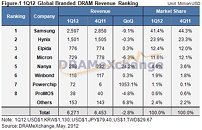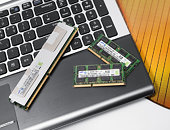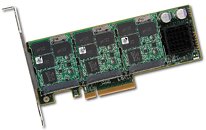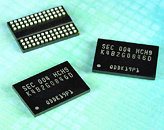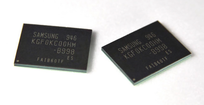
Micron Announces Availability of 30 nm DDR3L-RS Products
Micron Technology, Inc., one of the world's leading providers of advanced semiconductor solutions, today announced high-volume availability of 30-nanometer (nm) reduced-power DDR3L-RS SDRAM for ultrathin computing devices and tablets. The 2-gigabit (Gb) and 4 Gb solutions reduce power consumption in standby to provide longer battery life, while maintaining the high performance and cost effectiveness of PC DRAM.
"Micron has been one of the leaders in the development and commercialization of DDR3L-RS and the introduction of its 30 nm product is confirmation of this," said Mike Howard, senior principal analyst, DRAM and Memory at IHS iSuppli. "DDR3L-RS is an excellent option for customers who have tight power budgets and need high performance at a competitive price. We expect many of the next-generation ultrathin platforms to take advantage of DDR3L-RS."
"Micron has been one of the leaders in the development and commercialization of DDR3L-RS and the introduction of its 30 nm product is confirmation of this," said Mike Howard, senior principal analyst, DRAM and Memory at IHS iSuppli. "DDR3L-RS is an excellent option for customers who have tight power budgets and need high performance at a competitive price. We expect many of the next-generation ultrathin platforms to take advantage of DDR3L-RS."

